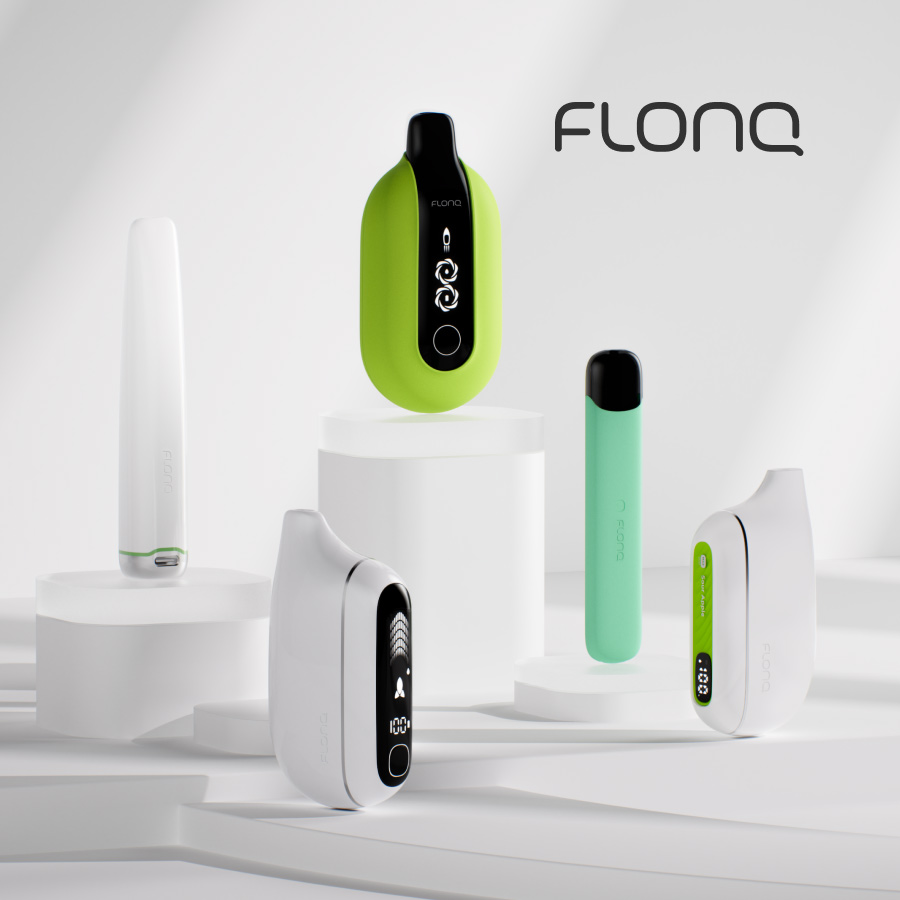Canada Planning to Ban Flavored Vapes by 2022
- Flavors News This Week
- June 20, 2021
- 6 minutes read

Credit: Toptop54
Canada said Friday it intends to ban most flavored vaping products in an effort to deter young people from consuming electronic cigarettes. According to the Canada Gazette, a weekly publication that outlines pending government regulatory orders (much like the Federal Register in the U.S.), the Liberal government said it would restrict e-cigarette flavors to tobacco, mint and menthol. Fruit flavors, like cherry, melon and mango, would be prohibited.

Restricting fruit-based flavors and the use of sweeteners as an ingredient are expected to make e-cigarettes less appealing to younger people, the government said, according to press release. Canadian data, as presented in the Gazette, indicated vaping rates among youth remain high. Further, over 60% of youth aged 15 years to 19 years used fruit-flavored e-cigarettes, versus 40% for those 20 and older who vape.
The government said Canada’s proposals would be among the strongest in the developed world in curbing vaping, and generally in line with Denmark’s rules on flavored vaping products. The government said stakeholders can submit thoughts on the rules until Sept. 2, although Ottawa is eyeing implementation starting in 2022.
In Canada Gazette, Part II that will be published on July 23, 2021, Health Canada is announcing the new Nicotine Concentration in Vaping Products Regulations (NCVPR), which set a maximum nicotine concentration of 20 mg/mL for vaping products marketed in Canada. They also prohibit the packaging and sale of vaping products if the nicotine concentration stated on the package exceeds 20 mg/mL.
The NCVPR prescribe a laboratory method, ISO 20714 E-liquid – Determination of nicotine, propylene glycol and glycerol in liquids used in electronic nicotine delivery devices – Gas chromatographic method, for determining the nicotine concentration of a vaping substance. Health Canada will use this method to determine compliance with the maximum nicotine concentration.
As well, the NCVPR amend the Vaping Products Labelling and Packaging Regulations, which until now allowed vaping products to contain up to 66 mg/mL of nicotine; this limit will now only apply to products intended for export. Vaping products authorized under the Food and Drugs Act (FDA) are not subject to these regulations.
The NCVPR goes into force on July 8, 2021. Retailers have until July 23, 2021 to comply with these Regulations.
Enforcement actions to address non-compliance may include issuing warning letters, seizures, and/or prosecutions. The penalties for not complying with the NCVPR are set out under Part VI of the Tobacco and Vaping Products Act.
Proposal to further restrict vaping product flavours
Flavored vaping products are highly appealing to youth. In Canada Gazette, Part I to be published on July 19, 2021, Health Canada is proposing measures that would:
- further restrict the promotion of flavors to tobacco, mint, menthol or a combination of mint and menthol (mint/menthol), including through indications or illustrations on packaging;
- prohibit all sugars and sweeteners as well as most flavoring ingredients, with limited exceptions to impart tobacco and mint/menthol flavors; and
- prescribe sensory attributes standards to prevent a sensory perception other than one that is typical of tobacco or of mint/menthol.
Flavors other than tobacco, as well as sugars and sweeteners in vaping products, increase product appeal, decrease perception of harm and heighten intention to try or use vaping or tobacco products. Youth also tend to perceive flavored vaping products, such as fruit and candy, as less harmful to health than tobacco-flavored vaping products.
Health Canada is aware of the important role flavors can play in helping people who smoke transition from smoking. The proposed measures would leave some flavor options for adults who smoke and wish to transition, or have transitioned to vaping, which is a less harmful source of nicotine than cigarettes for those who switch completely to vaping.
